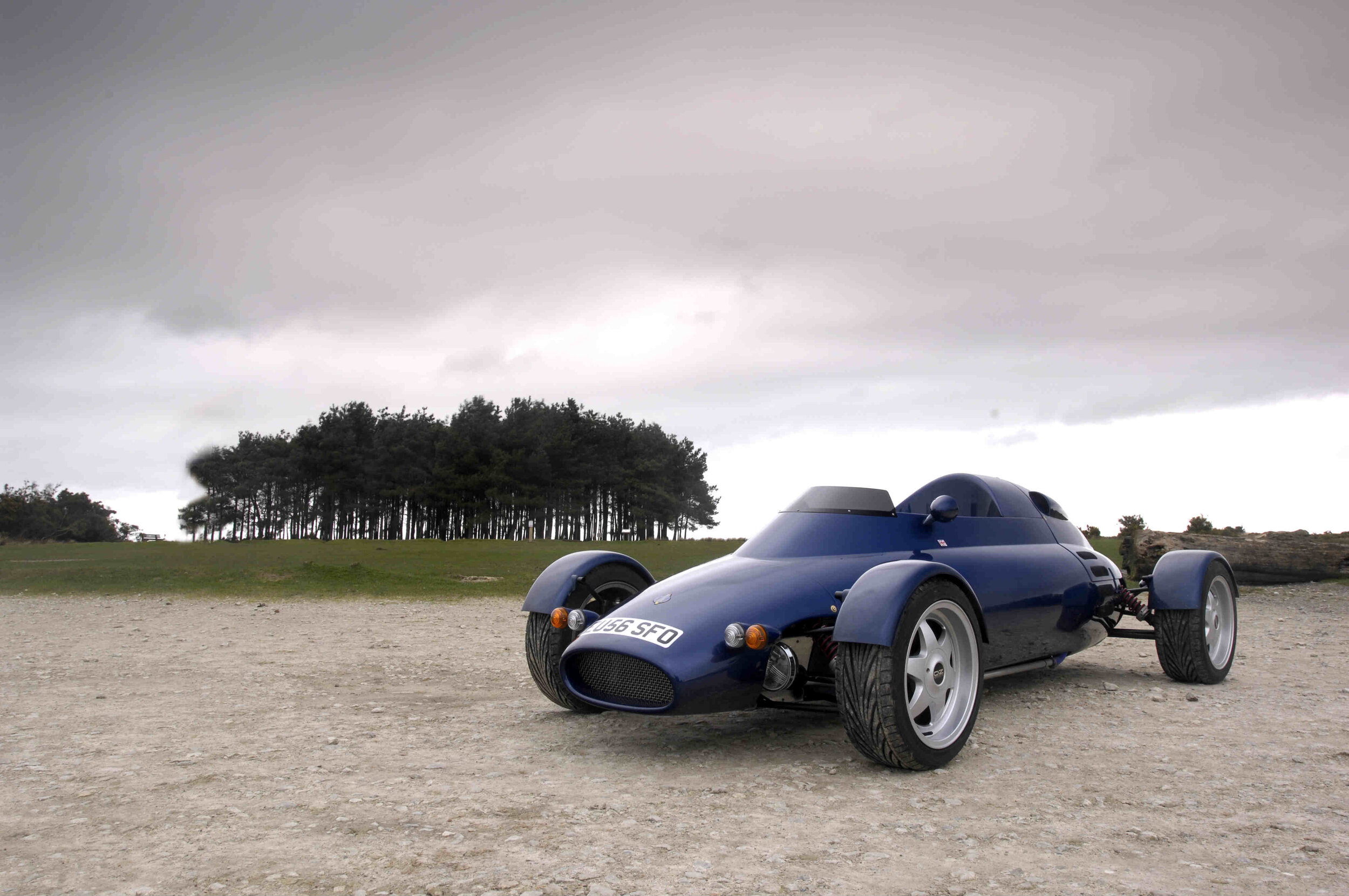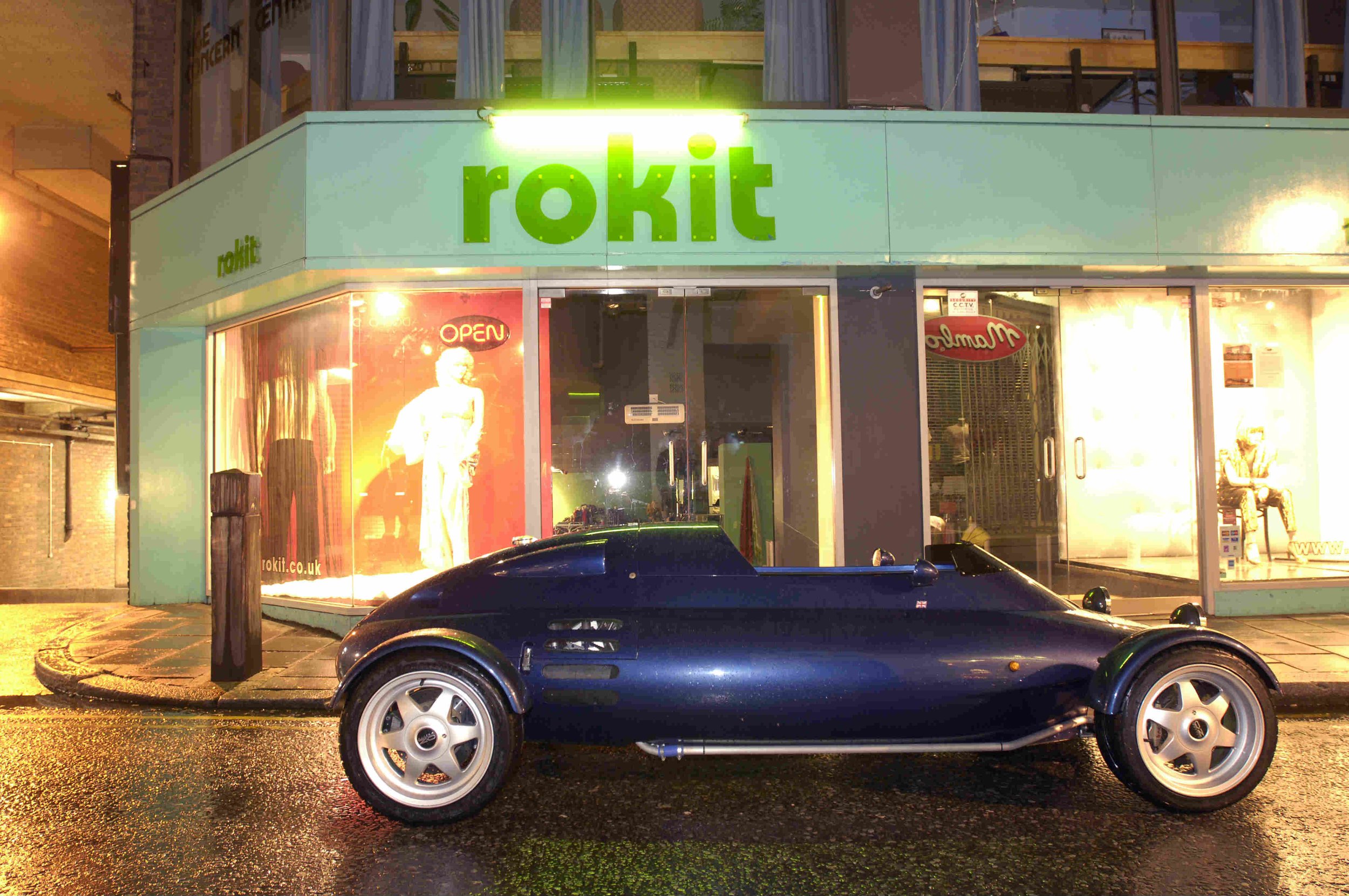Lift off! Driving the Rocket sports car took me to a Zen state of mind
“I don’t think they made a penny on any they sold. In fact, I think they lost about £4,000 for every one they sold.” Luke Craft is recounting the tale of one of the most extreme and single-minded sports cars ever to thrash a set of pistons, the Rocket.
I met Luke in 2007. The son of Chris Craft, the former Grand Prix and sports car racing driver, Luke was in the process of resurrecting the Rocket. His father had dreamed up the Rocket together with Gordon Murray, the very same chap who masterminded two world championships for Brabham and four for McLaren - in the Senna and Prost heyday.
Craft and Murray launched the Rocket in 1992, shortly before Murray went on to wow the world with the McLaren F1. And like the widely publicised F1, the Rocket was a bespoke, clean-sheet design that sought to ritually burn every rule book in existence. But it was was expensive - £38,800 - and demand proved slow, with around 46 cars sold before production ended
Back to 2007, and Luke felt that the time was right to relaunch the Rocket. He acquired the rights from the original Light Car Company, set up Rocket R&D and tried again.
The formula of less is more remained unchanged. But myriad improvements lurked beneath the surface, Luke told me. “The original car was pretty much designed on the drawing board and sold from there,” he explained, and “there just wasn’t enough time allowed for fine tuning. I got my hands on the original demonstrator from my father and went through it, identifying what needed updating.”
To the double wishbone, coil-over suspension he added a stiffer anti-roll bar at the back, to prevent excessive movement, stiffer bushes all round, retuned the Bilstein dampers and fitted wider, OZ wheels, wider by half an inch at the front and an inch wider at the back where more of the car’s weight sits.
In the UK, the Single Vehicle Approval scheme called for the engineering of a collapsible steering column, a handbrake that actually worked, a bespoke airbox to help the car pass through static noise and emissions tests, baffles in the exhaust and finally fuel injection for the Yamaha FZR bike engine.
It was after these alterations had been made that I got to drive the Rocket. I can’t think of another car that’s so singularly focussed on the simple act of driving for, well, driving’s sake. If you didn’t have pockets, you put everything in a bag on the back seat (yes, it’s a tandem) or left it at home. Forget about charging a phone or using it to navigate or stream music. The only thing to focus on is the rev counter; even the speedometer barely warrants a glance, because everything is so instinctive in this car.
As a thing for a roadtrip, then, you might imagine that its impractical nature would mean the Rocket is as suitable as paper hospital gown in a rain storm. But actually there was something immensely satisfying about emptying your mind of all distractions and immersing yourself in everything the Rocket had to offer. And let’s face it, sometimes all we want when we climb into a car is to get away from it all.
To drive it is to enter a Zen-like state, where your body and mind come together and a rare harmony is attained. A good job too, as you wouldn’t want to spend too long contemplating the fact you’re driving a car with all the performance and, gulp, crash-protection of a 1960s era Grand Prix car.
Sadly, the Rocket never really left the launch pad. The masterpiece of minimalism was undoubtedly too extreme for its own good. But for the few that are fortunate enough to own one, it remains one of the ultimate roadtrip cars in which to lose yourself.
Words James Mills Twitter | Instagram
Photography Nathan Morgan Instagram
















